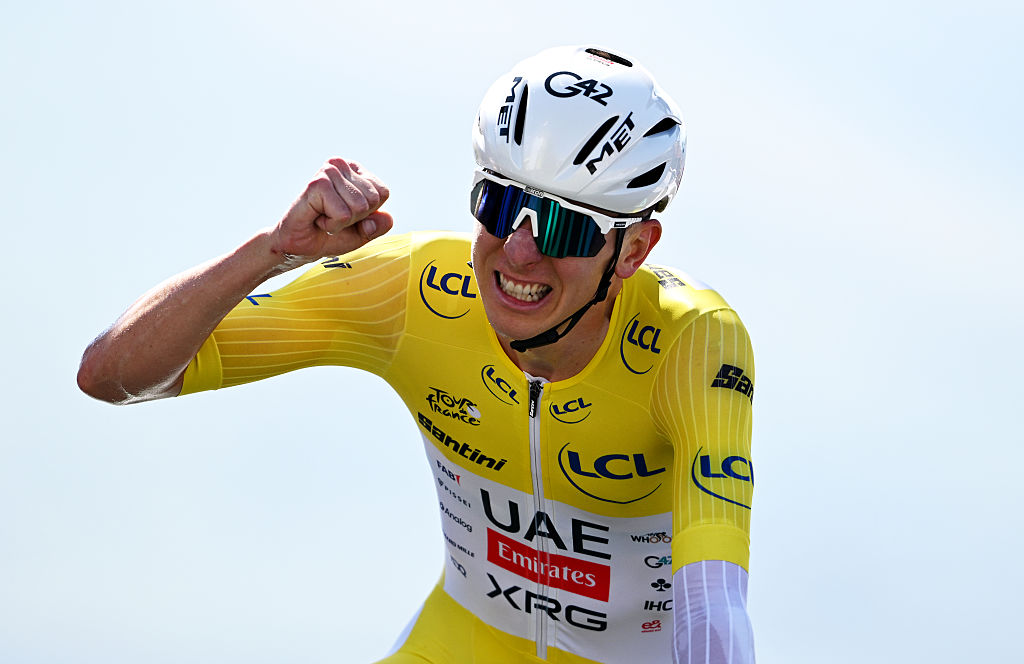Balcon de Bizkaia: Another crunch summit finish at Vuelta a Espana - Preview
Unprecedented Basque climb could see another key mountain battle
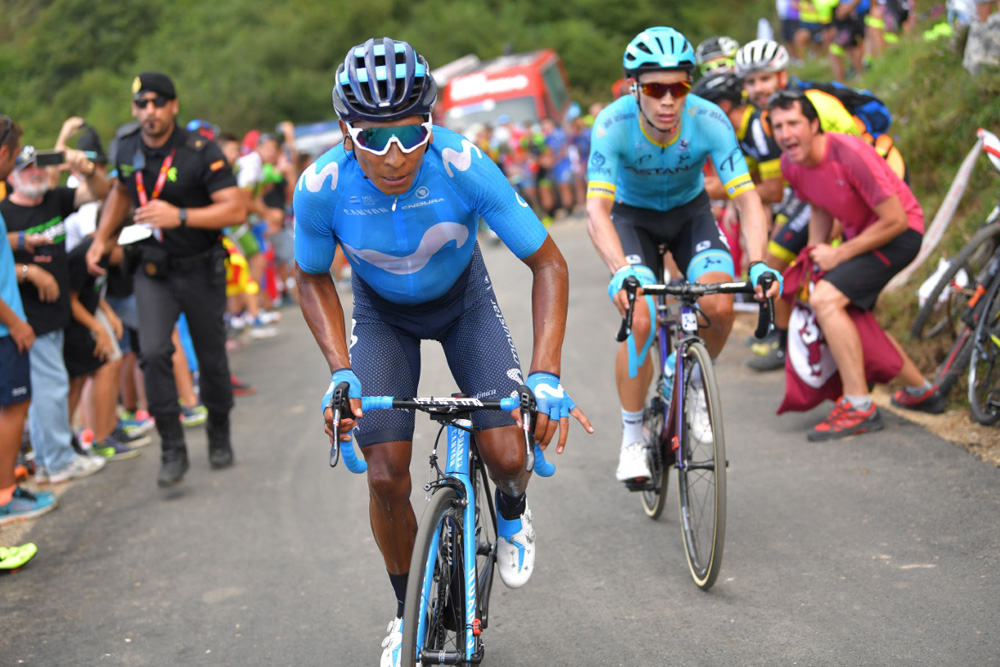
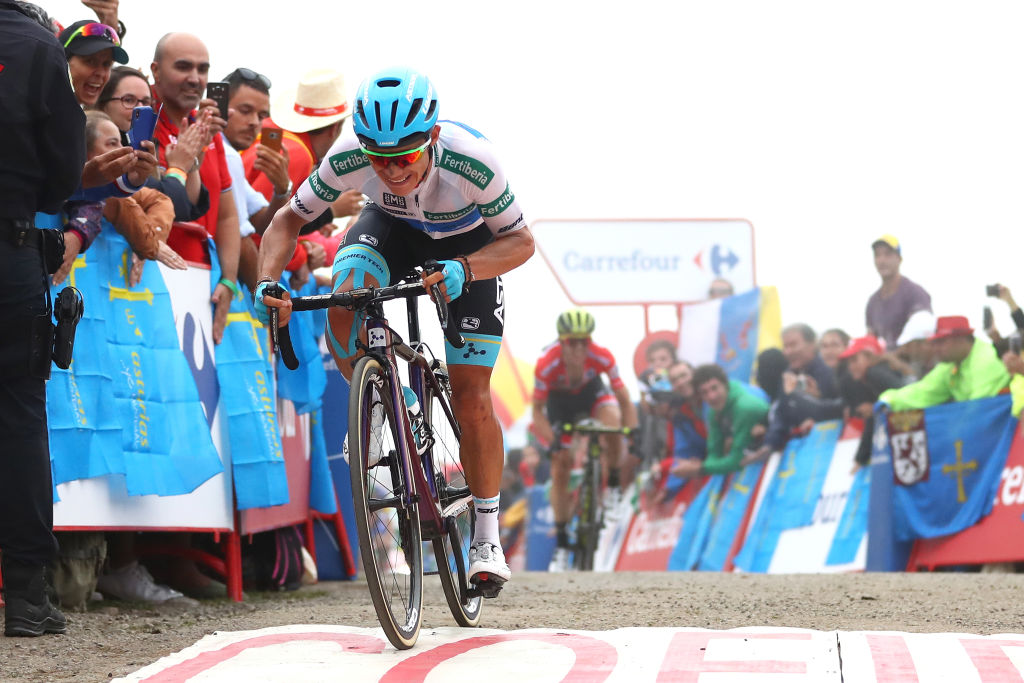
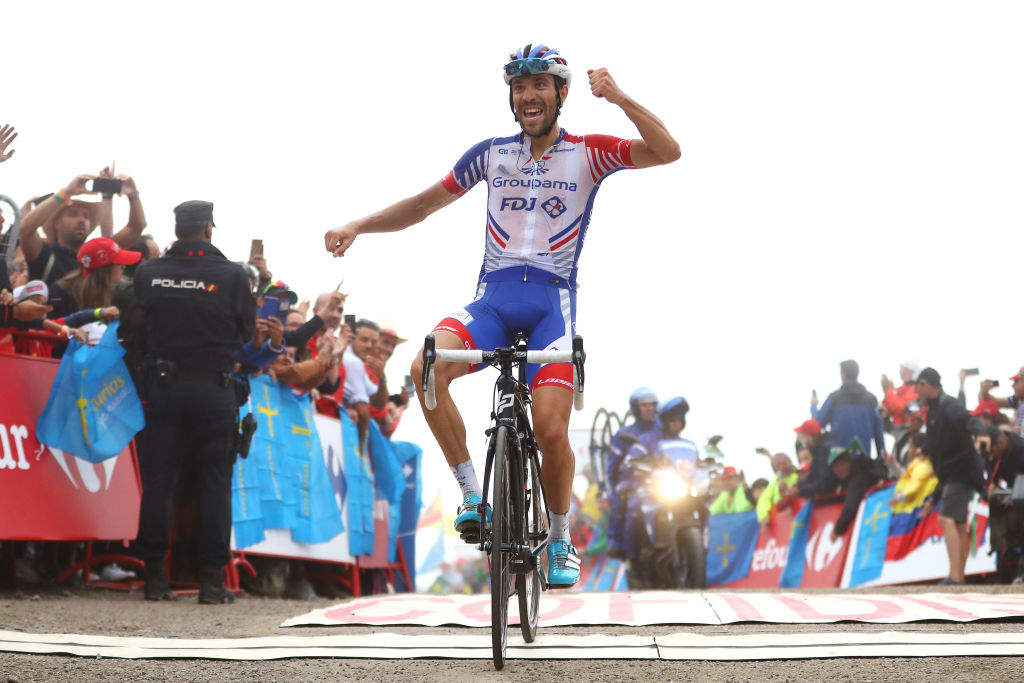
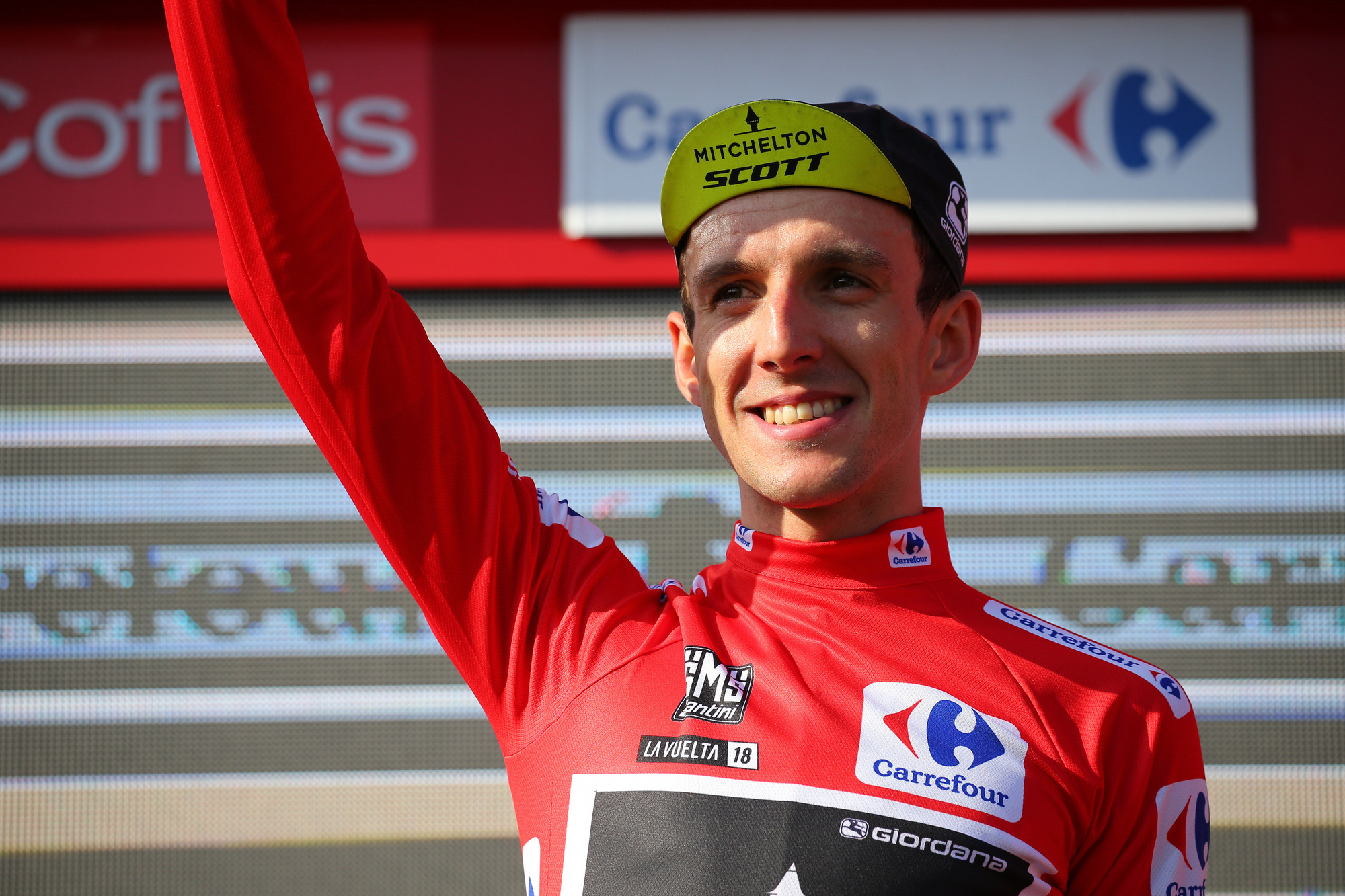
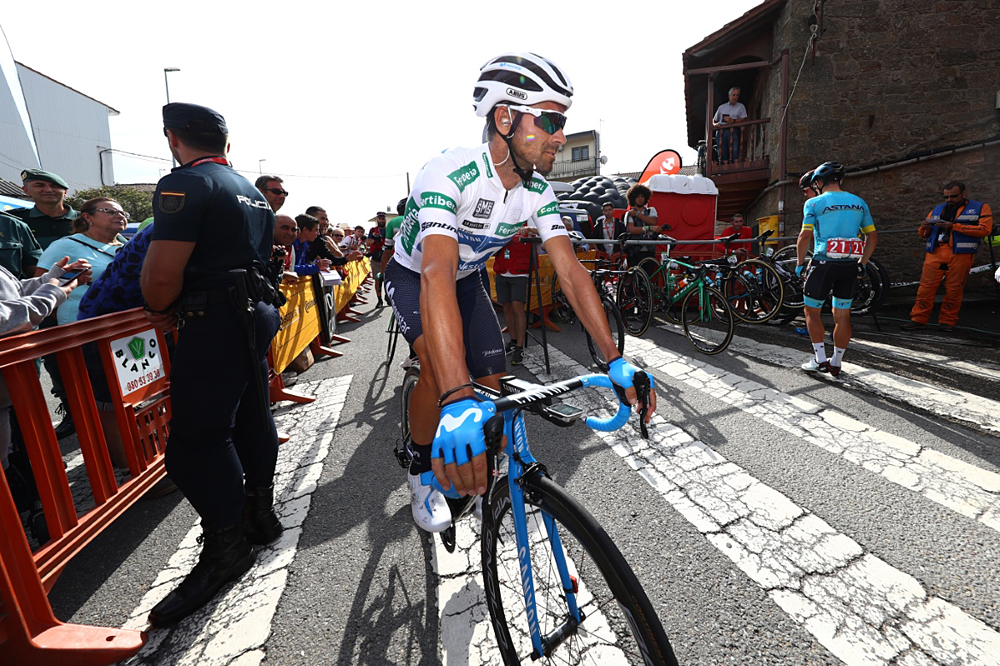
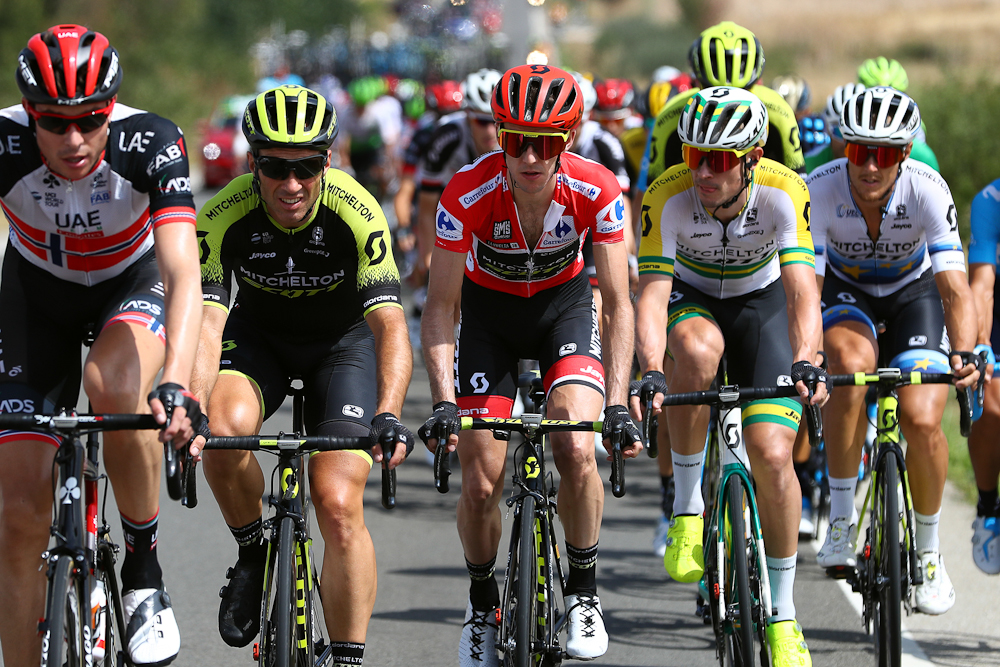
The time trial is dead, long live the mountains. Just 24 hours after its second and last individual race against the clock, the Vuelta a España returns to its favoured terrain with a summit finish on the Monte Oiz, deep in the Basque Country, expected to test the climbing ability of the overall contenders as the stages in the Pyrenees loom large on the horizon.
This sixth summit finish will show whether race leader Simon Yates (Mitchelton-Scott) can continue to dominate in the mountains or if riders like Miguel Angel Lopez (Astana) and Movistar duo Nairo Quintana and Alejandro Valverde can begin to claw back significant time.
Re-baptised for the Vuelta as the Balcon de Bizkaia – the Balcón of Vizcaya – and with its summit 925 metres above sea level, Oiz is the sixth of the Vuelta’s eight summit finishes (nine if you count stage two’s Caminito del Rey).
Its summit is now lined with wind generators, although in times past when the local Basque community held an assembly, beacons would be lit and giant versions of Alpine horns or vuvuzelas would be sounded from the top of the mountain to summon the leaders from more distant parts of the region. Oiz was also the scene of a terrible plane crash in 1985, when an incoming flight to Bilbao struck a TV aerial. All 148 passengers were killed.
The climb itself has two approach roads, one from the south and one from the north, and the Vuelta, unsurprisingly, takes the harder of the two, coming in from the north. Seven kilometres of relatively gentle roads are followed by five ultra-steep kilometres, first in woodland then on an exposed summit on a narrow, cement-covered track. Although it was expected to stay dry until later this evening, the weather is notoriously unpredictable in northern Spain. Should it rain, this could render the last part of the climb very tough indeed.
The stage itself is run entirely in the Basque region of Vizcaya, and totals some 3000 metres of vertical climbing, roughly the equivalent of a very hilly Tour de France stage.
Starting at sea level in the port of Getxo near Bilbao, there is barely a metre of flat during its 157 kilometres, but the hardest part is definitely in the last 40 kilometres, with three classified climbs – two third category and a second category ascent – preceding the final ascent to the Balcon de Bizkaia itself.
The latest race content, interviews, features, reviews and expert buying guides, direct to your inbox!
The final second category climb is also, somewhat confusingly, dubbed the Balcon de Bizkaia, and partially climbs the Mount Oiz but on a different approach road. After cresting the second category climb with 37 kilometres to go, the race drops down to sea level, heading down the same road the riders will later use for their final ascent of the Mount Oiz.
Starting in the village of Mutinbar, much of the Balcon de Biczkaia ascent is through woodland, and the first few kilometres are on good, well-surfaced roads, at a fairly inoffensive 6 or 7%. But then, after a crossroads, with five kilometres to go, the route turns left, narrows suddenly as it pitches into dense woodland and rears upwards, with frequent, brutal changes of pace, up to 20% in places on some of the earlier corners. And the cement, from this point is cracked and broken in some places. On such a narrow, terrifyingly steep road, presumably lined with fans, woe betide any rider who punctures.
Coming the day after a time trial, a climb so tough could do real damage.
“I’m glad I stopped cycling,” Pedro Delgado joked in his preview of the Oiz for TVE. The two-time Vuelta winner reckons a 30 or even 32-tooth sprocket will be required to make it up the climb.
As the woods of tall pines fades away and the track winds under the turbines, the ramps follow relentlessly, never dropping below 11% and with stretches of over 20%. There are some short flat sections, but on the other hand, the poor cement surface will only make it even more difficult. The worst segment comes around two kilometres from the summit, where the gradient reaches around 23%, according to the official race book. The climb does soften up briefly, to around 8%, but then there is a real sting in the tail, as the road rears up to around 13% close to the summit.
“The final is so hard it will surely create some gaps, and before the climb itself, the approach roads will make it very hard to control,” local cycling legend Roberto Laiseka, now working with Vuelta organisation, told newspaper AS.
Laiseka once named ‘staring at the sea’ as one of his hobbies, and he will certainly have a chance to do that at the summit of the Mount Oiz/Balcon de Bizkaia. At 915 metres above sea level, Oiz offers spectacular views from its summit of the Cantabrian sea far below – provided the mist, as so often happens, does not swirl around the Basque Country mountains.
Local heroes of the day, of course, will be not just the Basque riders, but the whole Euskadi-Murias team, widely seen as new torchbearers for the local Basque cycling community, much as the now defunct Euskaltel-Euskadi squad used to be. As during the Vuelta al País Vasco in the spring, huge crowds are expected on the climb, given this is considered a cycling heartland.
Alasdair Fotheringham has been reporting on cycling since 1991. He has covered every Tour de France since 1992 bar one, as well as numerous other bike races of all shapes and sizes, ranging from the Olympic Games in 2008 to the now sadly defunct Subida a Urkiola hill climb in Spain. As well as working for Cyclingnews, he has also written for The Independent, The Guardian, ProCycling, The Express and Reuters.

